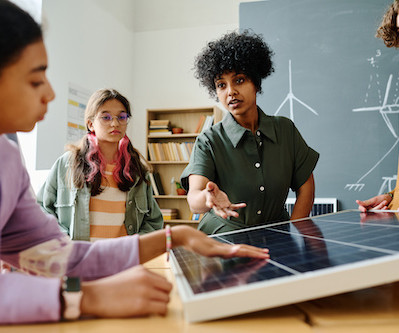What are the changes in education in 2024?
eSchool News
DECEMBER 11, 2023
Collaborative and project-based learning approaches are gaining prominence, fostering critical thinking and collaboration skills. Learning analytics and data-driven decision-making are becoming integral to education strategies, providing insights into student progress and performance.















Let's personalize your content